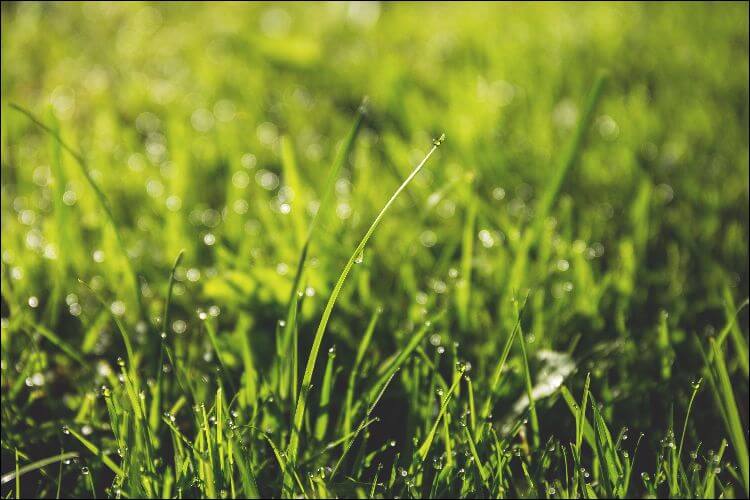Bermuda grass is a variety that people appreciate all over the world for its lush, green aspect. It’s mostly grown in hot climates and it’s ideal if you want a type of grass that is resistant to traffic in your own backyard. It’s not hard to learn how to grow Bermuda grass, but you need to pay attention to a couple of aspects.
Before Planting
1. Should You Be Doing It?
The first thing you need to do before planting is to ask yourself if it’s the right thing to do. In general, Bermuda grass loves to live in a sub-tropical climate (such as India, Africa, Australia, South America, Southern U.S.). If you happen to live in the north or an area that has plenty of rainfall or cold temperatures, maybe you should think about other types of grass. Luckily, you can find some special Bermuda grass hybrids that can resist to cold. However, they may be more expensive and you should consult with a specialist before using them.

2. Till the Area
Next, you will need to till the area where you want to plant the Bermuda grass. For this, you must get a tilling machine, which you can rent or purchase from various stores. Roll the tiller and make sure you lift all the weeds and grass that are on your lawn. Most likely, you will need to repeat this step until you have a completely clean soil. Don’t skip it since it ensures the Bermuda grass will thrive without competing with other plants there. Especially ryegrass is dangerous for your plan, containing toxins that affect the Bermuda grass.
3. Rake the Dead Grass
There might still be some dead grass and weeds on your soil so it’s good to remove them before planting. After tilling the soil, you should use a rake and remove the leaves and dead grass. As such, you will end up with a piece of land that is completely clean for your new planting plans.
4. Test the Soil
Another thing you need to do when deciding if and how to grow Bermuda grass is to test the soil. You can take it to a cooperative extension if you have a university nearby, or you can use a soil tester. Ideally, you should offer the grass a soil with a pH of 5.6 – 7 for this type of grass. If you find out that the soil you have is too acidic, then you can add some lime to it. On the contrary, if it’s too alkaline, you should use some sulfur.
5. Add Humus
One aspect you need to keep in mind when learning how to grow Bermuda grass is that it loves well-drained soils. It’s not a good idea to plant it in a clay soil, for instance. For this reason, you should use some humus (soil with a high level of organic material). You can find it at any gardening store. Set a layer of minimum 6 inches of humus before you plant the seeds or lay the sod.
How to Grow Bermuda Grass with Seeds
6. Rake Again
You need to take out the rake and level out the dirt on the area you want to plant. There should be no hills or depressions there so that the seeds can grow nicely on a flat surface. If you notice some depressions, fill them up. Take off any big rocks or organic material before planting the seeds.
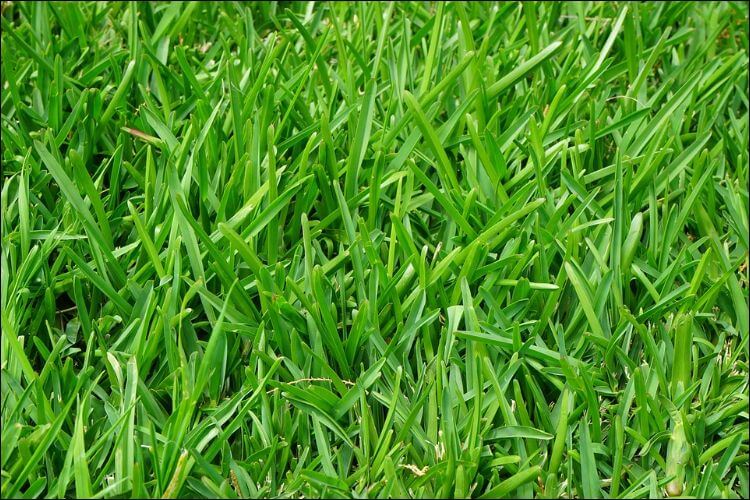
7. Plant the Seeds
There are two options: either plant the seeds by hand or buy a broadcast seeder to make sure they are evenly spread out. 1 – 2 pounds of seeds (453.59 – 907.18 g) are enough for 1000 sq. ft. (304.8 sq. m.) for a lush effect. The key here is to distribute the seeds evenly, all over the surface. Sow them at 1/8 inch in depth for the best conditions.
8. Cover them with Soil
With a rake, cover the seeds with soil. An important step in our guide on how to grow Bermuda grass is to cover it with soil so that it can grow. Settle for a light layer between 1/8 and ¼ inch (0.31 – 0.63 cm). If you place too much soil over them, the grass will not grow anymore. You can also add some manure compost if you want to keep birds at bay and let the soil retain its moisture.
9. Water the Seeds
Right after you plant the grass, you need to water it thoroughly. It’s important to keep the soil moist. After that, water the surface every day. When you’re done with the watering, put your finger in the soil and check if the top ½ inch (1.27 cm) is moist. Many people are puzzled with this step because they know Bermuda grass tolerates drought. Indeed, but in the beginning, it needs plenty of water for the seeds to germinate.
10. Use Fertilizer
If you didn’t test the soil, you can use a complete fertilizer for turf (N-P-K). Ideally, the ratio should be 3-1-2 or 4-1-2. Simply sprinkle it over the lawn. If you provide the adequate conditions, Bermuda grass will germinate sometime between 10 and 30 days.

How to Grow Bermuda Grass from Sod
11. Measure the Area
Basically, sod is a grass that was already grown and you can roll it out on the dirt you have. Before laying it down, you must know how much you need. With a tape measure, assess the area of your lawn. Take out the areas where you don’t need grass, such as blacktops, driveways, etc.
12. Water the Yard Before
The night before you intend to plant the sod, you should water it thoroughly. Use ¼ to ½ inch (which is 0.63 – 1.27 m) of water. This will help the area prepare and the Bermuda grass to grow healthier. Make sure that the water penetrates the soil, but it doesn’t pool on it.
13. Roll Out the Sod
See what’s the longest straight edge you have on the lawn and lay the sod there. Roll it out with the dirt side placed down and push it until flat. Lay it all edge to edge until you cover all the area.
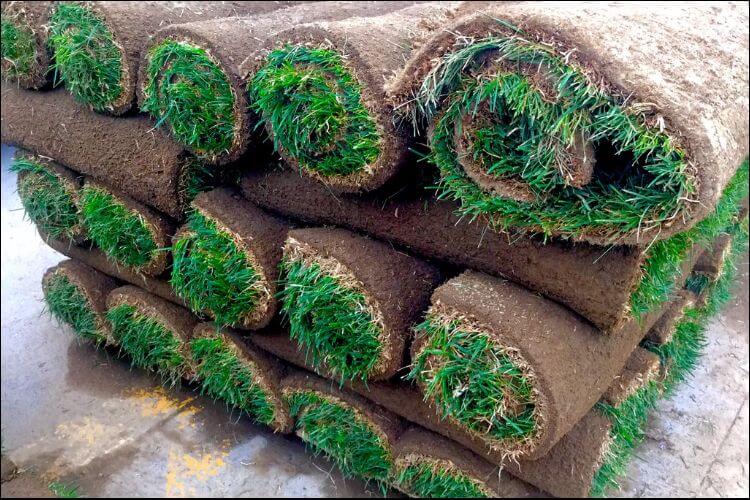
14. Use a Shovel
It may happen that you come across areas where your sod won’t fit, such as driveways, fountains, etc. In this case, take a shovel and trim it on the sides to make it fit in.
15. Lay Out All the Sod
Simply place the sod in rows next to each other. Make sure there are no holes in the lawn, which can happen if you place them far apart.
16. Water Daily
When you’re done laying the sod, you need to water it thoroughly. For maintenance, water it every morning. Try to keep foot traffic at bay for around a week after you put it down. This will help the grass grow healthier.
How to Grow Bermuda Grass – Tips and Tricks
Now that you know how to grow Bermuda grass both from seeds and sod, it’s time you found out some other tips and tricks for growing it.
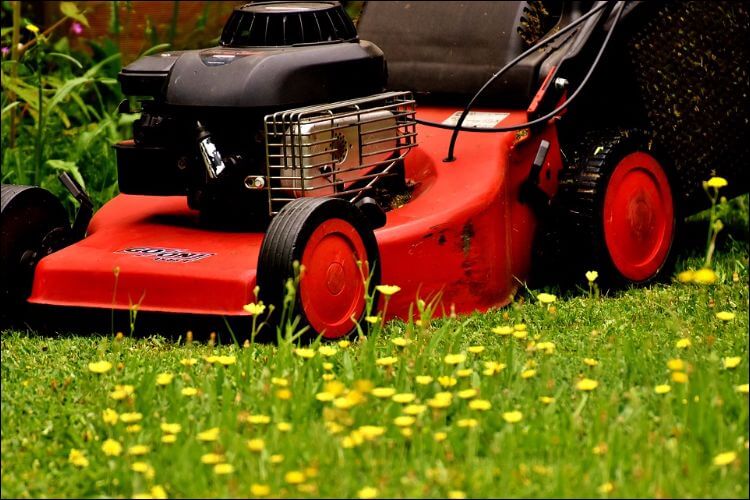
1. Temperature
As we previously said, Bermuda grass loves direct sunlight and high temperatures. Consequently, keep in mind that if the temperature goes below 60 °F at night, it stops growing. Make sure this doesn’t happen if you want to have a nice lawn.
2. When to Grow?
The best time to plant your Bermuda grass seeds is the beginning of summer. Usually, people plant it 2 ½ months before it freezes for the first time.
3. Take a Break
After you completed the step with loosening the soil, you should wait 2-3 weeks. This helps you check that the area has no dormant sprouts of other plantings or weeds.
4. When to Fertilize?
Ideally, you should fertilize the soil during morning or evening. Water the area well when you’re done.
5. Have an Irrigation System
Before deciding on how to grow Bermuda grass, you should think of the irrigation system. This includes the sprinkler layout, as well as lawn borders.
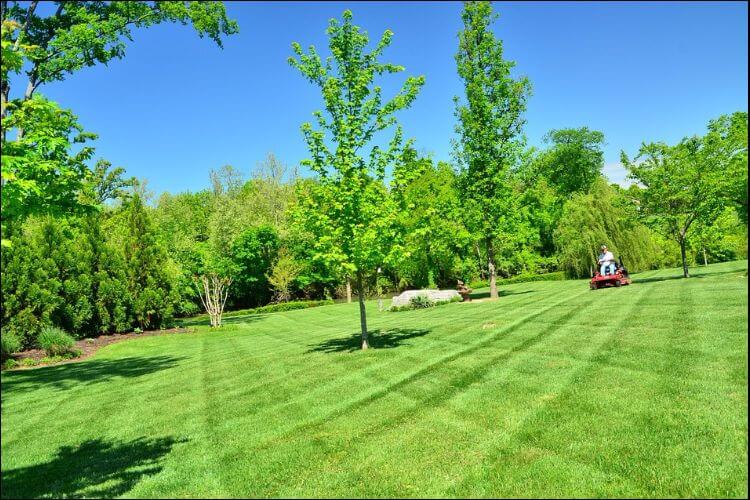
6. Keep It on the Ground
An important thing to keep in mind is that you need to ensure the Bermuda grass seeds, sod, sprigs, or plugs are in contact with the soil all the time. Otherwise, this might interfere with its proper development.
7. Don’t Mix Varieties
You should know that many sod varieties don’t go well with seed varieties. For this reason, pay attention to what type of grass you want to plant and don’t mix them.
8. Regulate Overseeding
If you want to overseed Bermuda grass with other types, you should ensure an adequate soil contact. If needed, you can use some growth regulators, for example.
9. Edge It Regularly
One major drawback when learning how to grow Bermuda grass is that it affects other plants in its surroundings. Because of this, you should edge it constantly. Use herbicides occasionally, to regulate its growth.
Conclusion
Bermuda grass is a great-looking option for a lush lawn. Though it’s not difficult to plant it, it requires constant maintenance if you want it to look appealing. The best part is that it grows to resist both drought and heat, so it won’t be that vulnerable once it’s established.
Image source: 1





